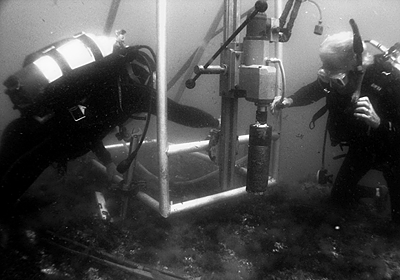April 2008 (112.2)
Newsletter
Nautical and Maritime Archaeology, 2006–2007 Seasons
This newsletter presents short reports on Old World nautical and maritime projects and excavations. Some of these projects involve underwater work; others are on dry land. Some discuss sites other than shipwrecks. Harbors, cargoes, and maritime landscapes reported here reflect the significant contributions of nautical and maritime archaeology to the study of all aspects of humanity’s interaction with the marine environment.
